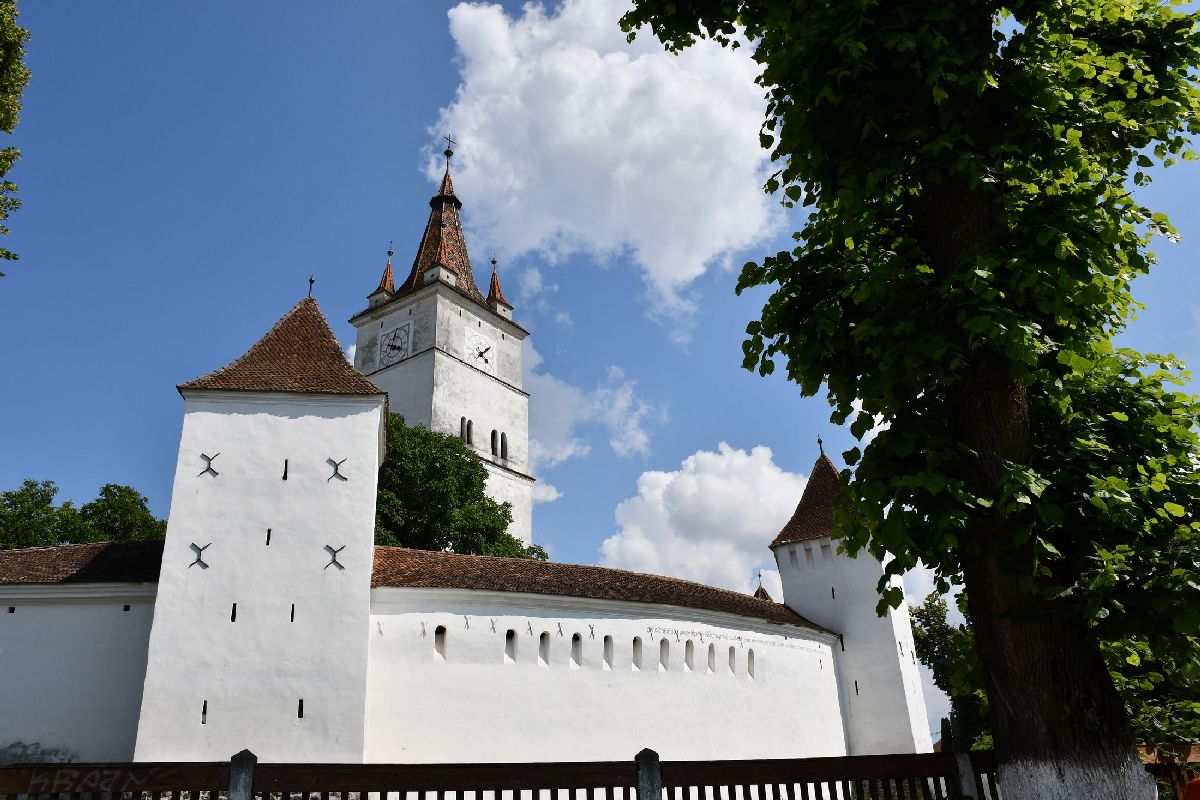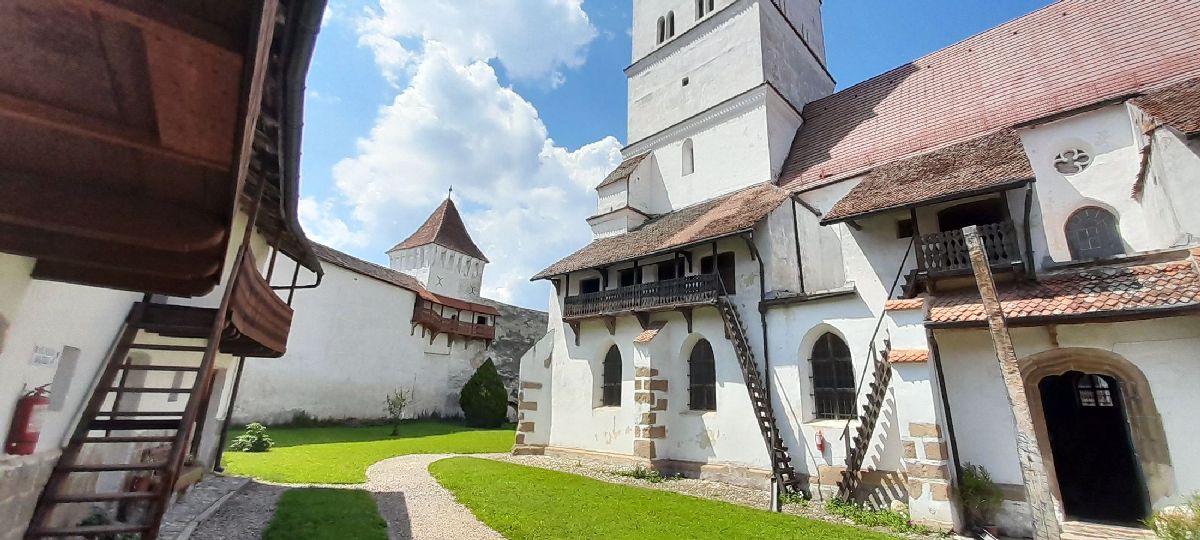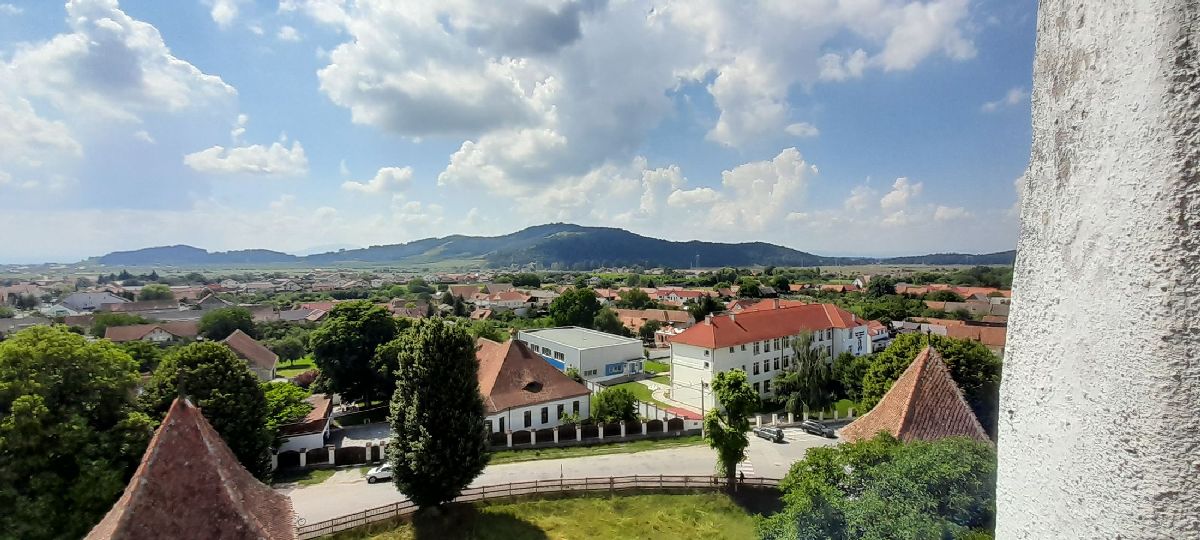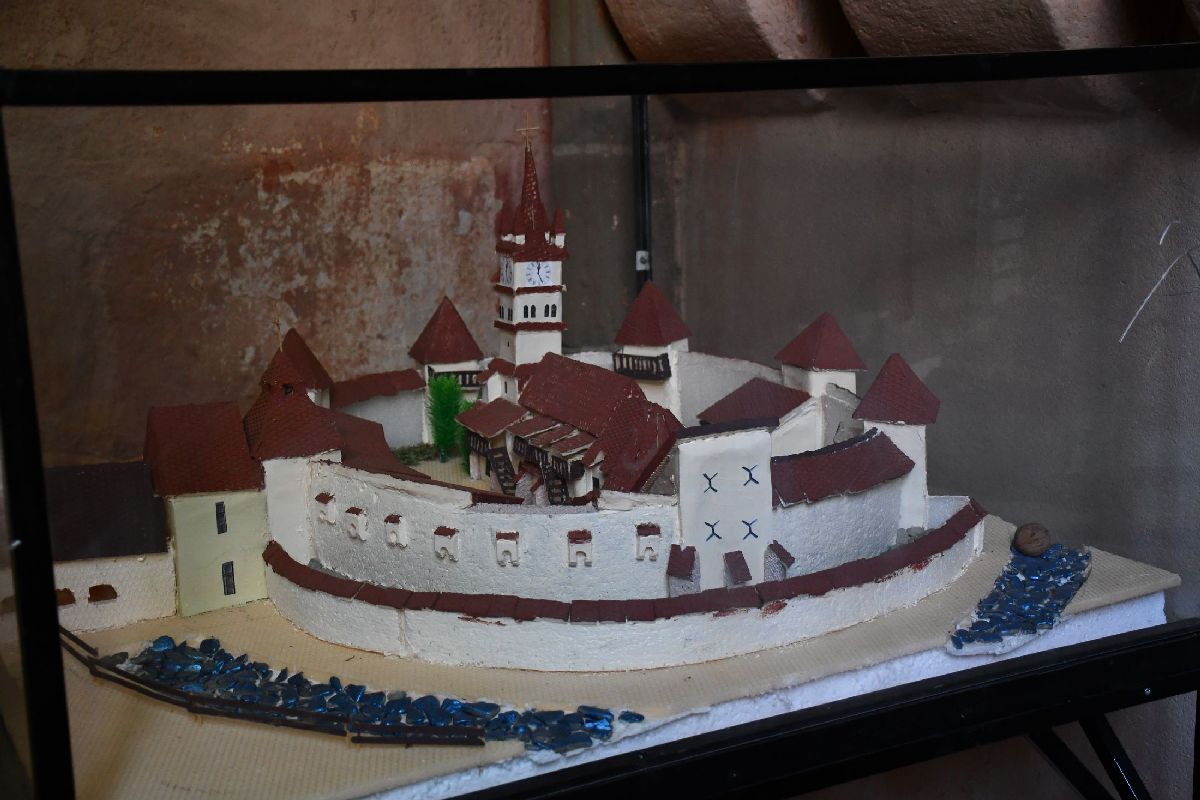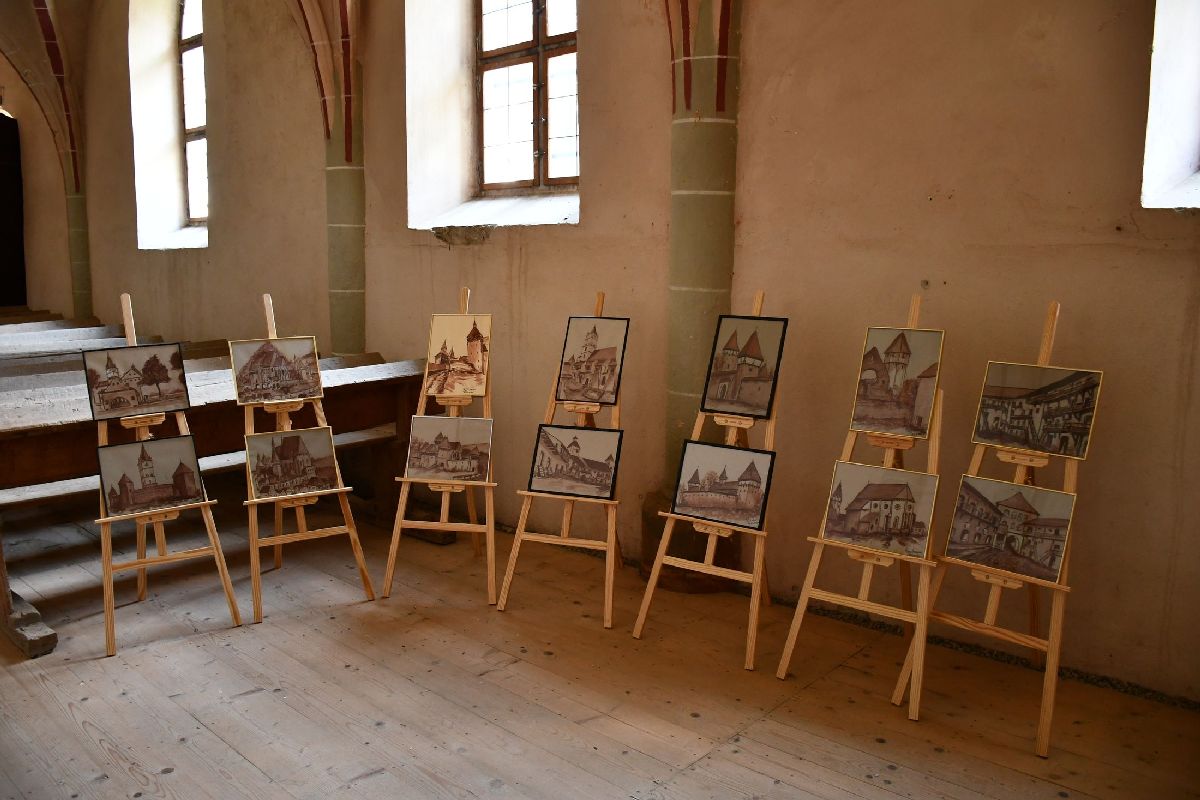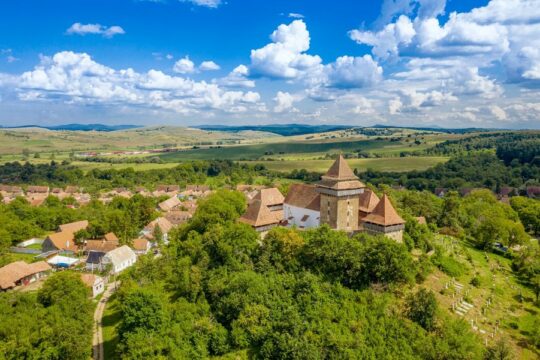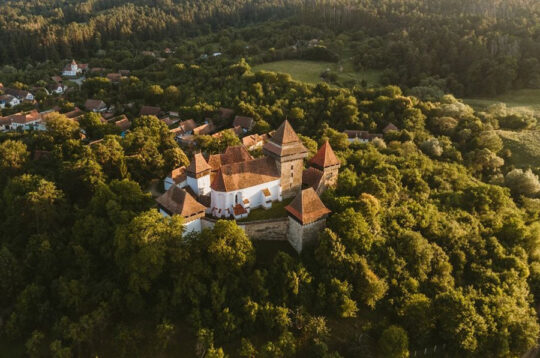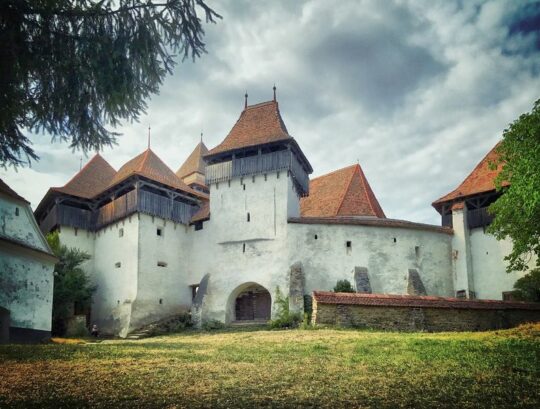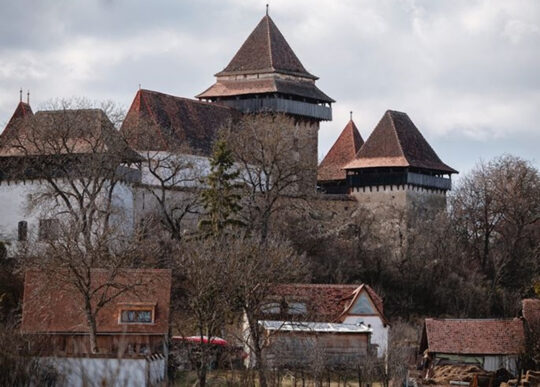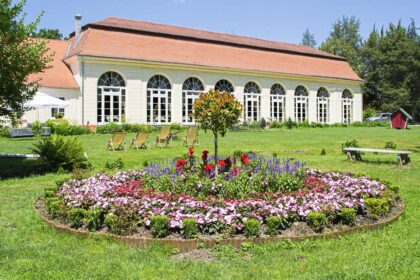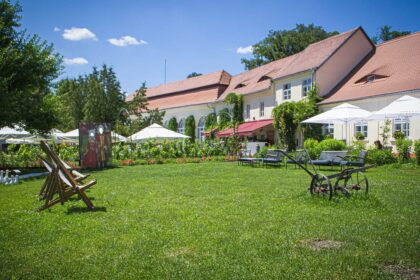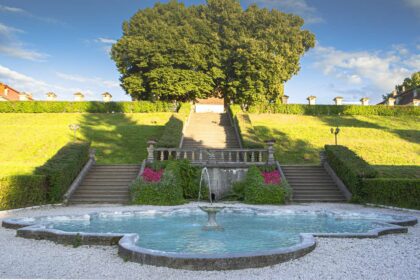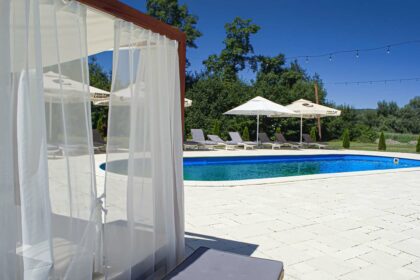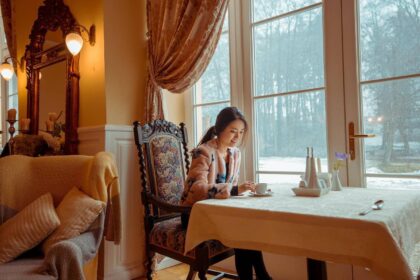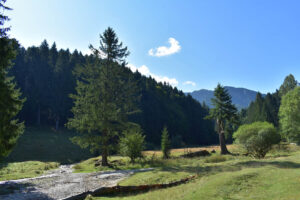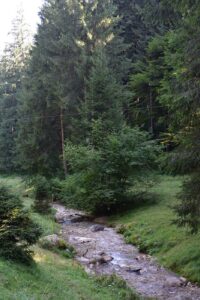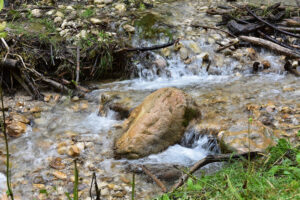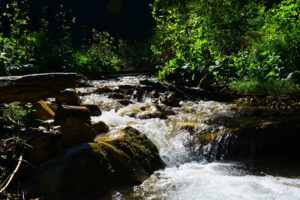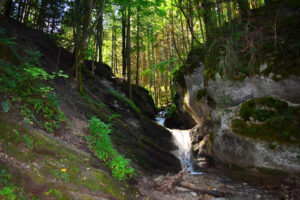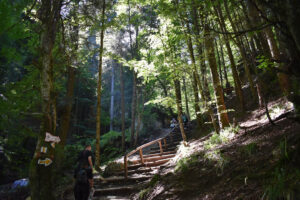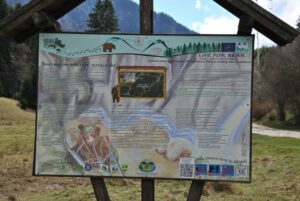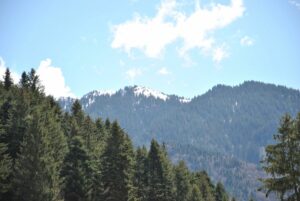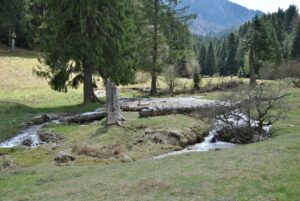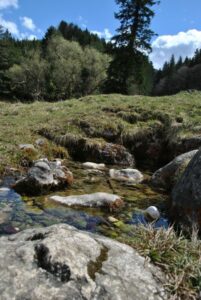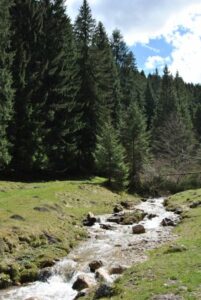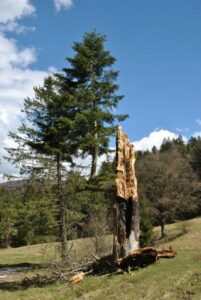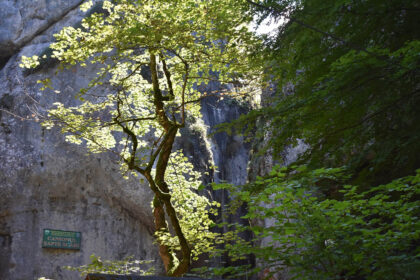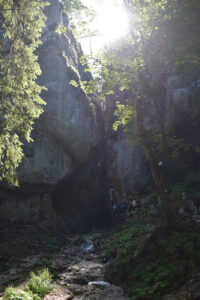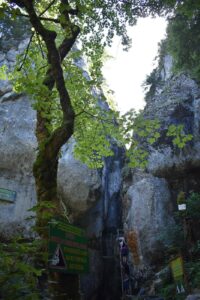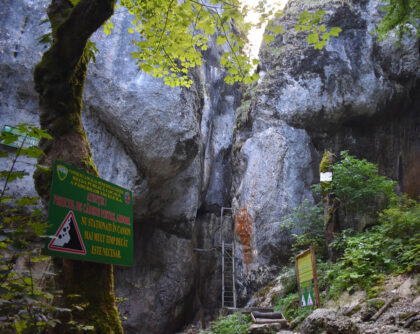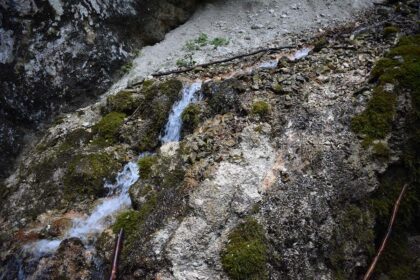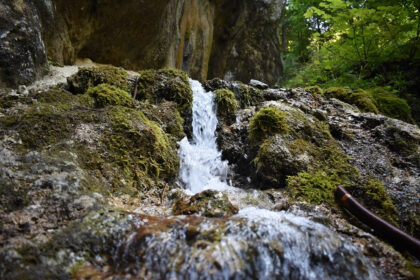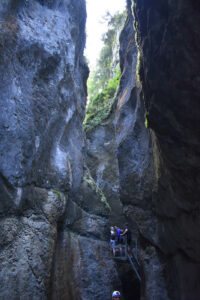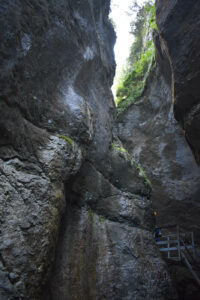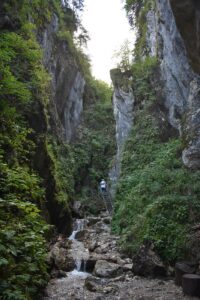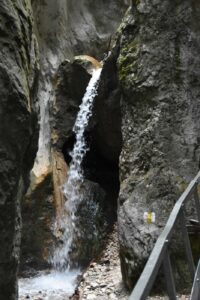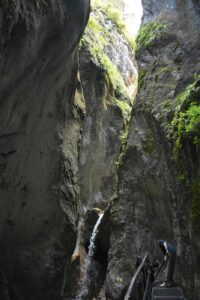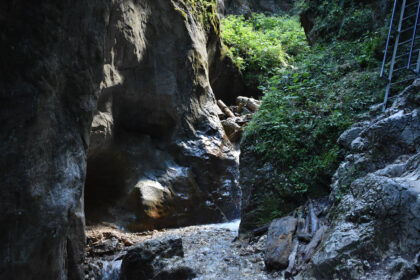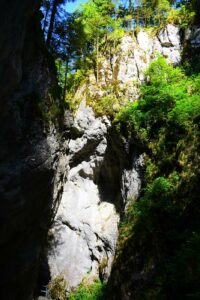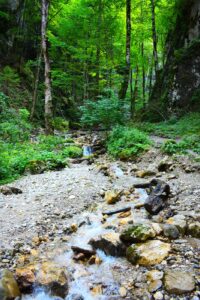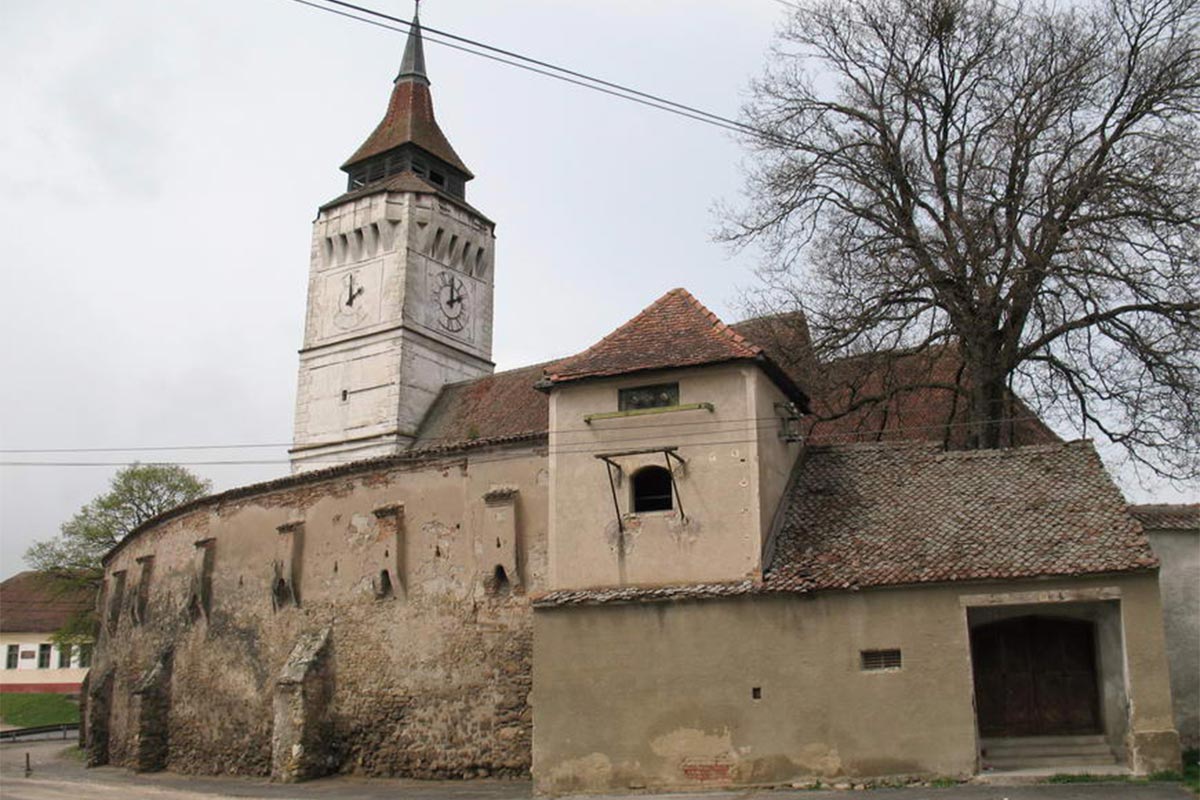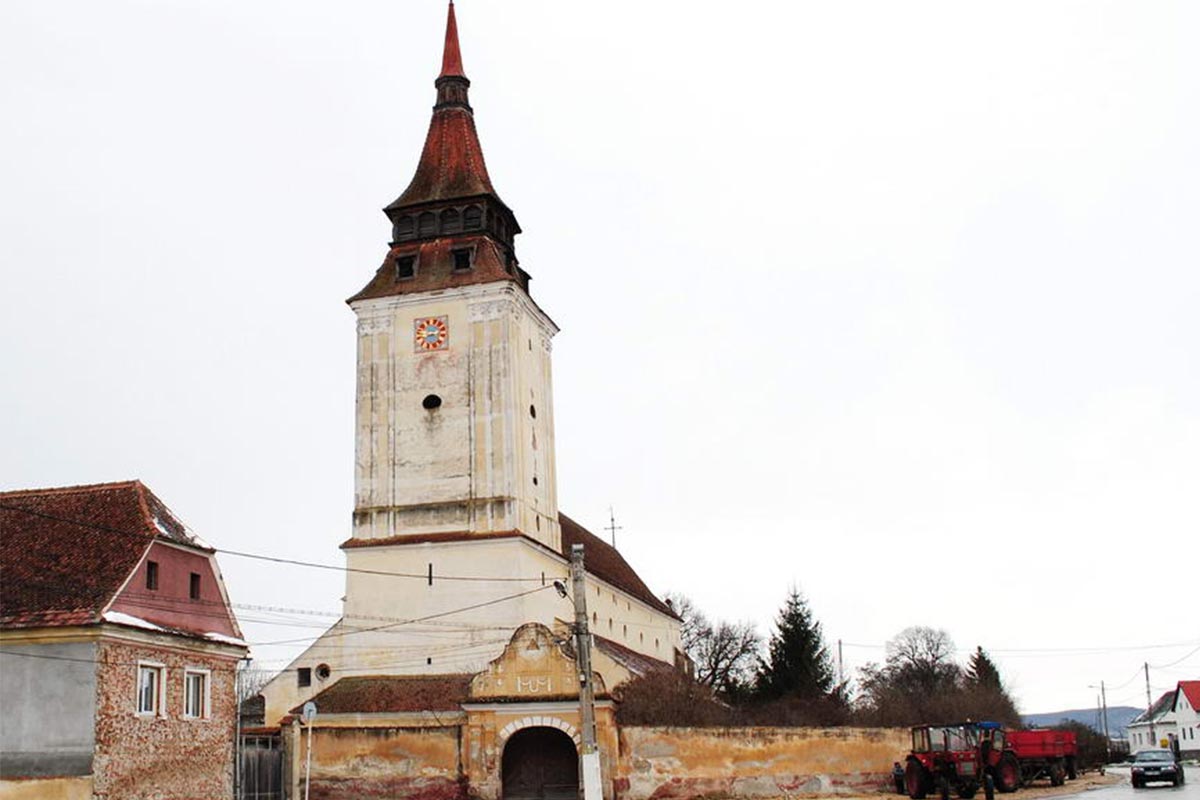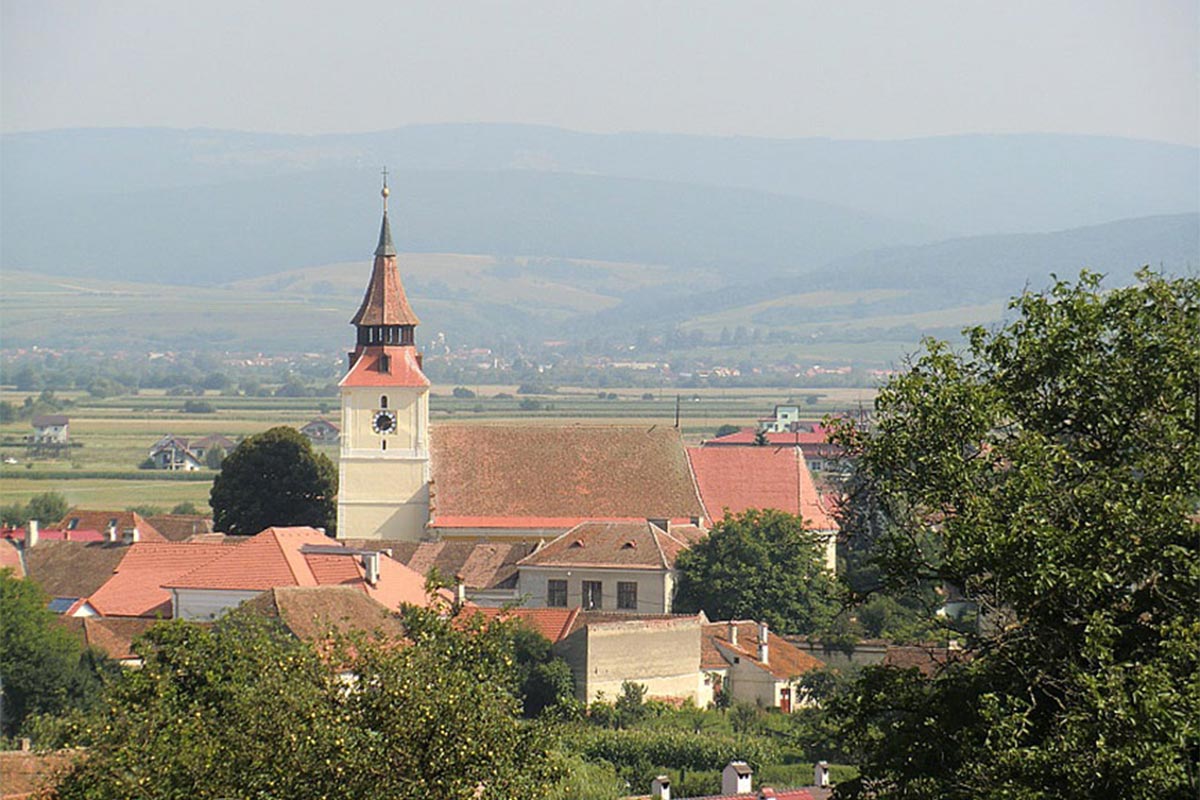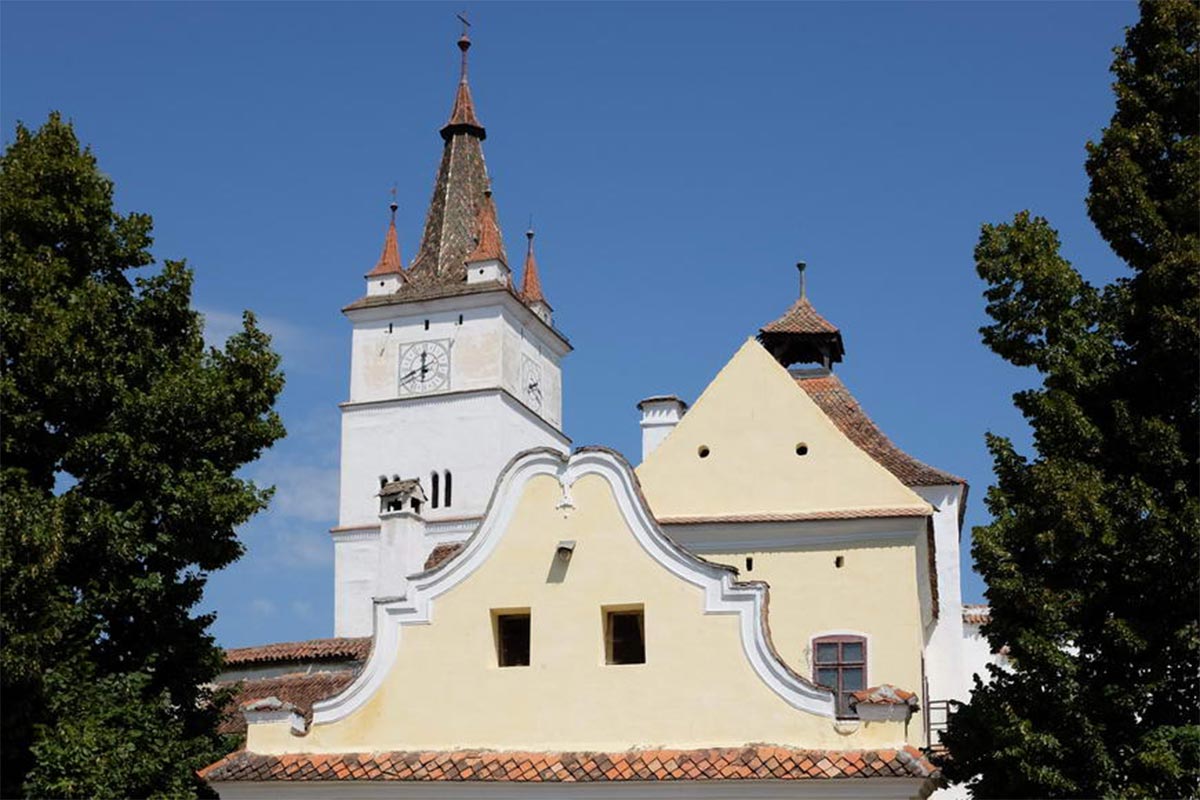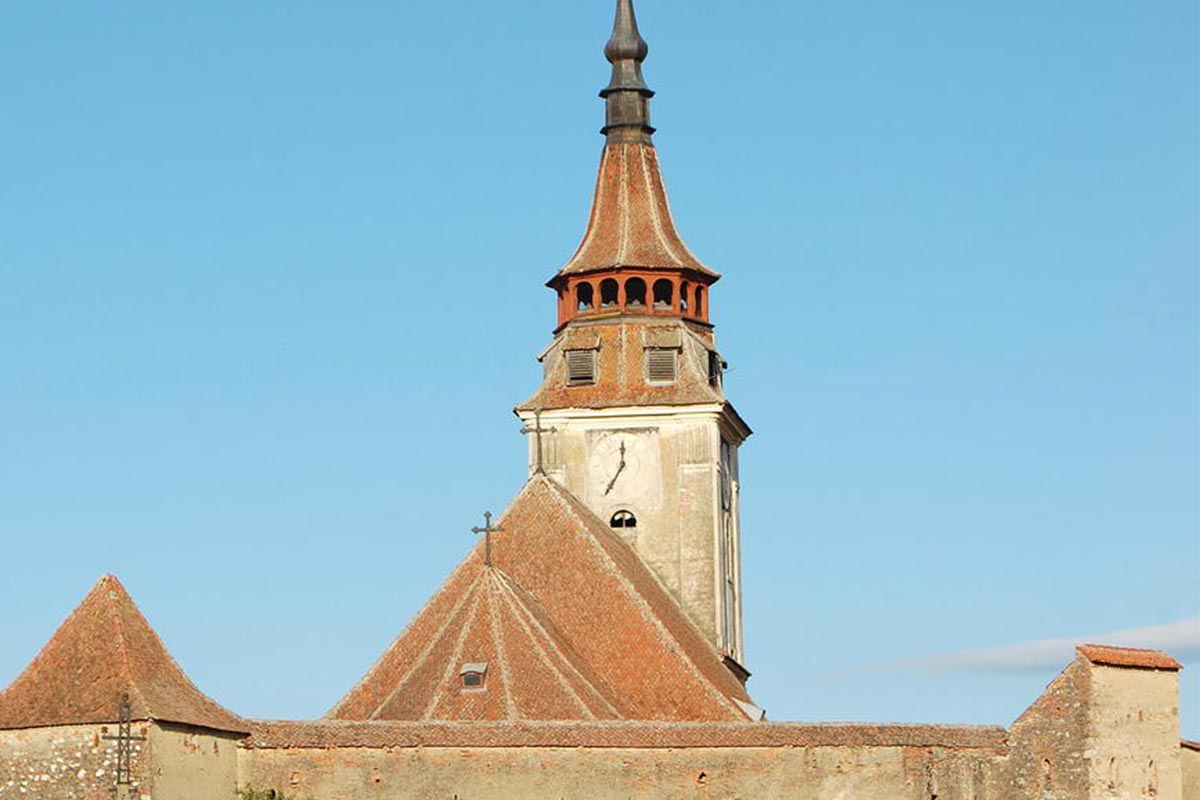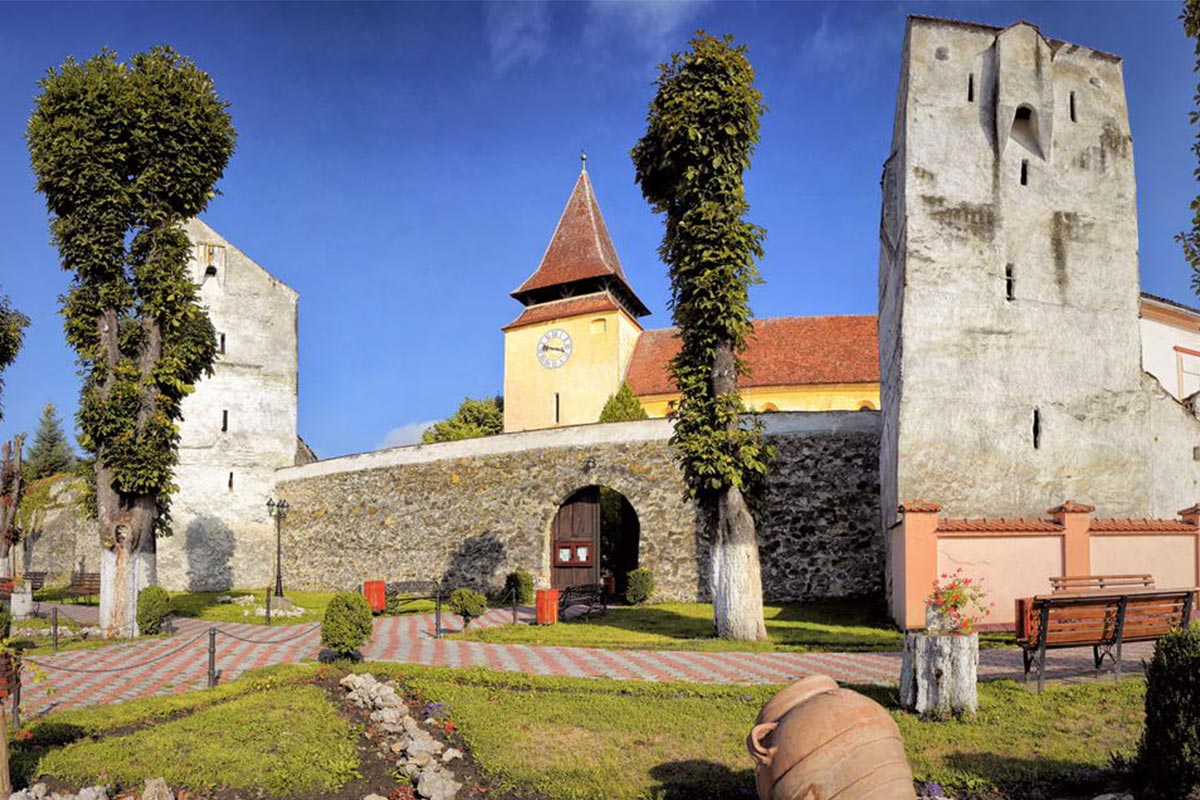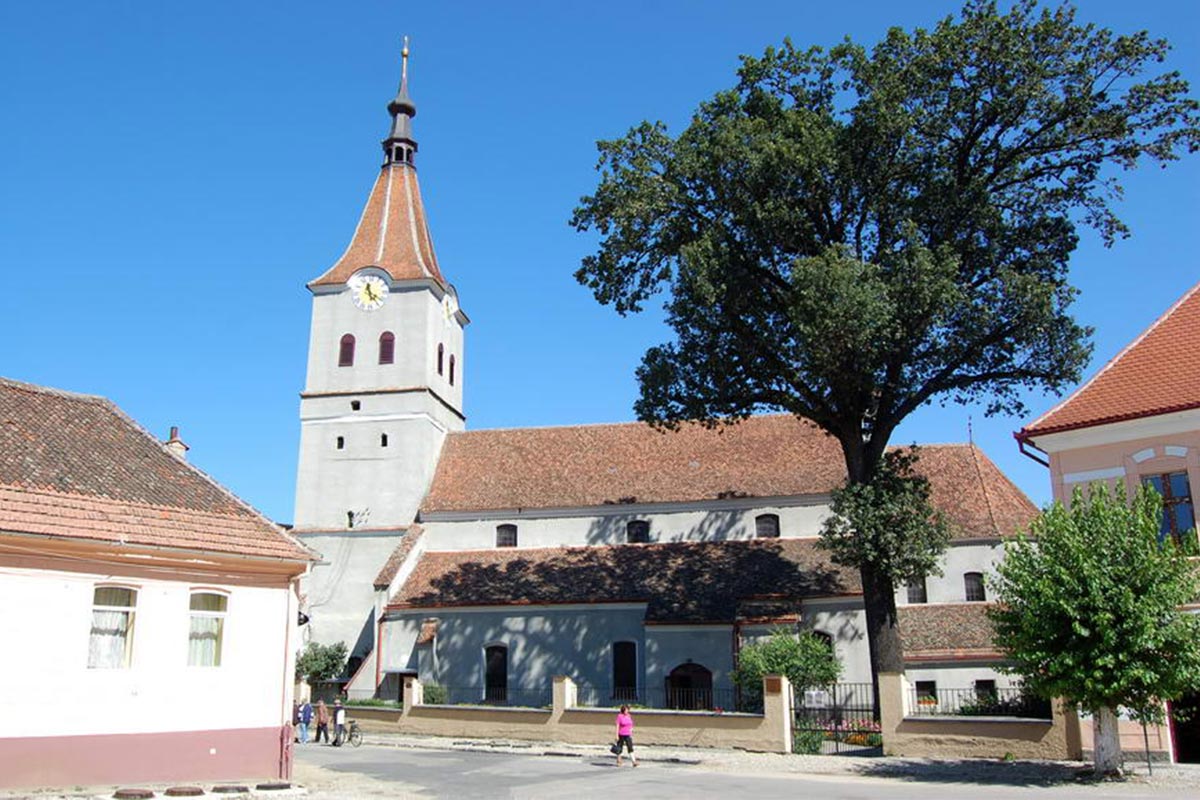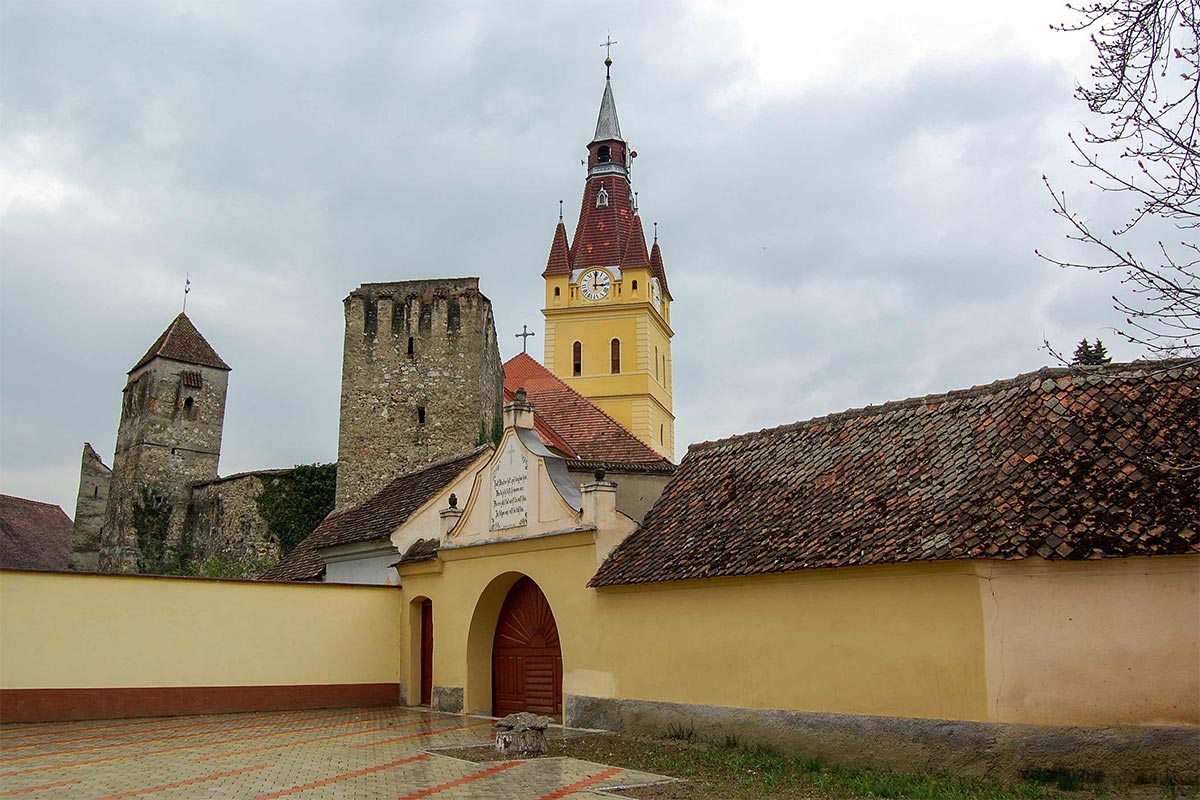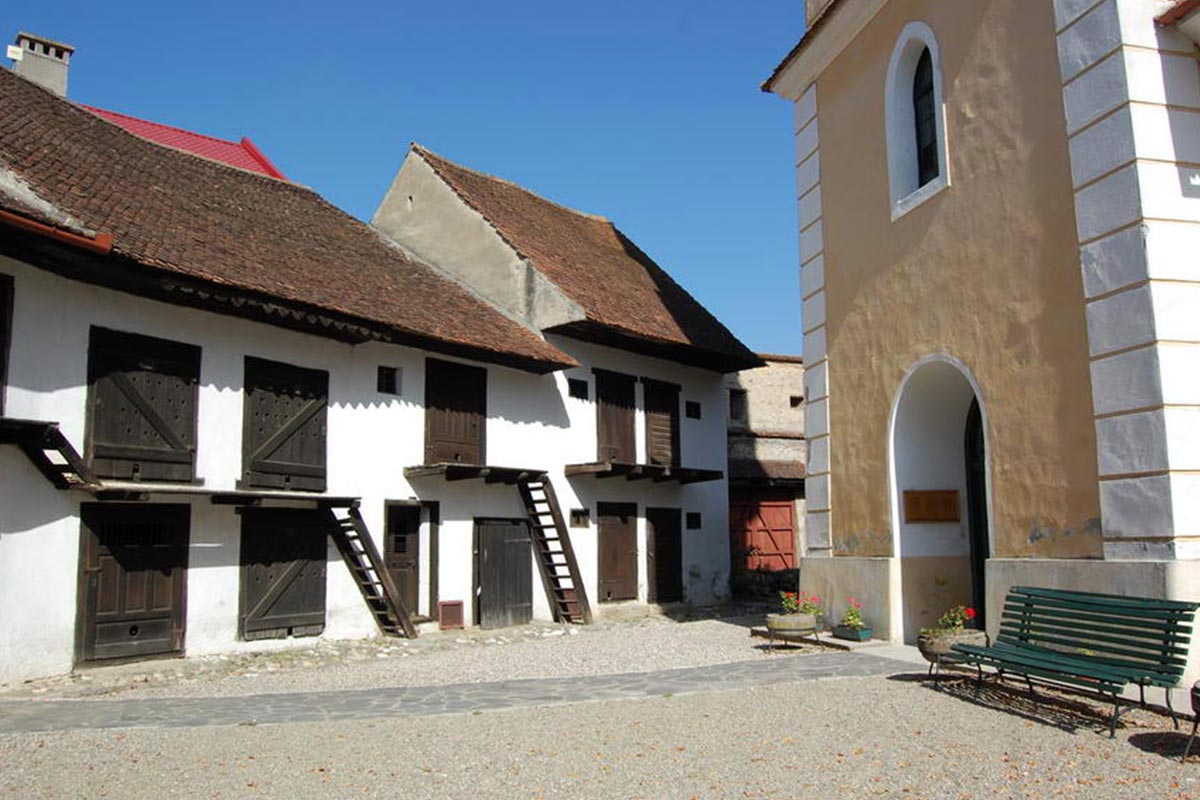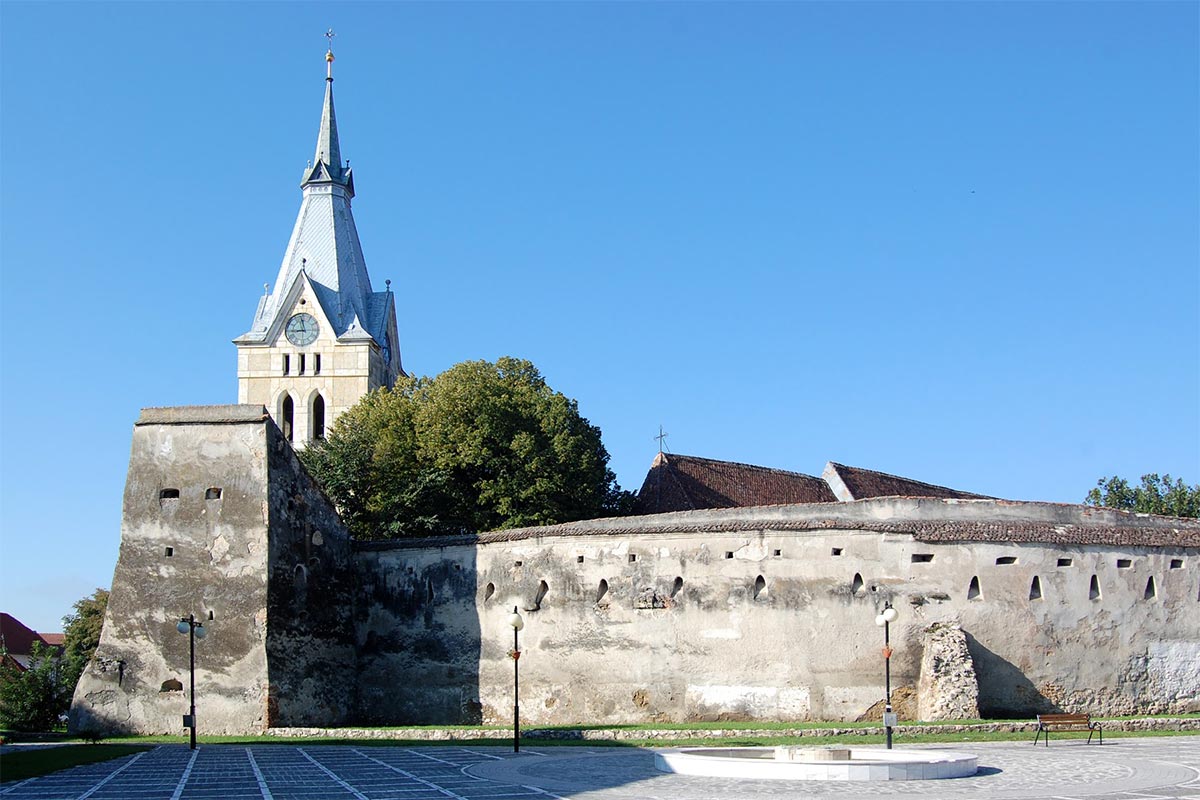
Surroundings | Around Brasov
Around Brasov
The church became a historical monument was built in the 18th century on the basis of an old Roman basilica from the 12th century. It bears the name of the village in which it is located, Harman, a village just 10 km from the east of Brasov that has an impressive history behind it.
The Hărman fortress where the church is located was built after the departure of the Teutonic knights from Tara Bârsei and was attacked and then fortified many times. Today, it is one of the most powerful and well-preserved churches in Tara Barsei. Read more …
Viscri
Viscri is located on the main road connecting Brasov to Sighisoara, about 78 km from the city of Brasov.
It is one of the most beautiful Saxon villages in Transylvania that impresses with its beauty, every year tens of thousands of tourists come to admire the historical edifices and impressive landscapes, hills and green meadows of this small but unique village, belonging to UNSECO World Heritage.
At the end of the 12th century King Gosa II sent here Saxons to populate the eastern part of Transylvania that had been inhabited by the Szeklers and in the 13th century it was colonized by them.
The community is small, about 350 people, Saxons and Romanians who still keep the old traditions of this fairytale place. Here you will find houses painted in vivid color and adorned with traditional Saxon motifs, which gives authenticity to this fairytale place.
The Saxon village is an open-air “museum” where the inhabitants welcome anyone with hospitality and warmth. Picturesque landscapes are delightful and if you are a lover of rustic style, rural here you will find a perfect painting with unpaved streets and animals walking freely along the side of the road.
In the center of the village there is the Fortress and the fortified church Viscri, a remarkable structure from the 12th century built on the basis of a Romanian basilica, fortified in the 15th century with bastions, towers and defensive walls. Inside the church there is also a museum that can be visited.
Inside the church the main attraction is the christening, which was made of Romanesque capital stone and sits on a monumental colonnade section, and outside you can visit the towers, which were added to the church around 1525. In the 18th century the second so-called defensive tower was built.
The museum inside holds interesting old objects, guild boxes, old chests, tools, pieces of furniture specific to the area and traditional harbours from the area.
The Brukenthal Castle
Also in lower Saturday, tourists can visit another Transylvanian historical emblem, namely Brukenthal Castle. Behind this castle there is a small legend of the times: It is said that Josef von Brukenthal built this castle for Maria Theresa and she would have spent some time at the castle but after that she would have “bored”. Of course, it is just a legend, in any case the building is by far imposing and does not necessarily need a story behind it to impress; it has 35 rooms and a plot of about 1700 hectares, a fresco wall and oak flooring. It is very important not to be confused with Brukenthal Palace in Avrig, which is a little further away, about 120km from Brasov. More …
Beldy Pál Castle
In the village of Budila, near Brasov, there is a long-forgotten but historically significant treasure. Today it is a private property and although it is not exactly a restored attraction at the moment, the family that owns the castle wants to restore it for tourism.
Brâncoveanu Castle in Sâmbăta de Sus
The Brancoveanu family was one of the greatest noble families in Wallachia and certainly any Romanian who hears this name knows who it is. Therefore, the Brancoveanu Castle in Sâmbăta de Sus is certainly worth a visit both for the picturesque view it offers and for honouring a great gentleman, Constantin Brancoveanu.
The village of Sâmbăta de Sus is about 40km from the city of Brașov so it’s only a short detour to reach the castle. The whole village captures the Transylvanian atmosphere and besides this small castle you can also visit the Brancoveanu Monastery and the Brancoveanu Museum which includes old paintings and specific Brancoveanu architecture.
Sükösd-Bethlen Castle
Also called Racos Castle, this castle is located about 70km from Brasov, in the village of Racos. Visits to this castle are not necessarily recommended for visitors, but for those who want to enter the castle, it can call the number displayed on the castle gate because a family in the village is responsible for this area. The castle is attested in 1636 and unfortunately today requires rehabilitation because the interior is not in the best condition. However, for those who want to make a small detour, the castle is worth observing at least from the outside.
Stirbey Castle
Stirbey Castle in Sinaia can be framed for accommodation rather than historical monuments because it also offers accommodation to tourists besides the museum. The building was built in 1875 and was the summer residence of Alina Stirbey and General Emanuel Florescu and hosts the Sinaia City Museum, which consists of 13 themed halls that teach visitors the secrets of the city.
The Bat Cave
Cave with bats, Peștera, Moieciu
about 42 km from Brasov
Moieciu is a commune in Brasov county, Transylvania, consisting of the villages of Cheia, Drumul Carului, Măgura, Moieciu de Jos (residence), Moieciu de Sus and Peștera which can be reached from Brasov in about 45 minutes by car.
The Bat Cave is located in the village Peștera, 5 km from Moieciu on the north-western side of the Branului platform, at an altitude of 950 m. It is also known as the Big Cave or the Badichii Cave. It is clear that the name of the cave comes from the existence of colonies of bats.
It was reported several centuries ago but was studied and exploited only at the end of the last century. The cave was formed as a result of erosion of the limestone mountain by one of the tributaries of the Valley of the Path stream.
It has a length of 370m of which 109m of active gallery and a 10m drop, being a warm cave with moderate humidity and strewn with many limestone formations called “tears of the earth”. .
No special equipment is required to visit the cave but a torch and protective gear is recommended to avoid getting dirty, as a stream full of soil plus traces of bat droppings flows through the cave.
Bear reserve at Zărnești (20km from Brasov)
This reserve is located in the commune of Zărnești, Brasov county, in a forest right at the entrance to the village, 2 km from the national road 73A Râșnov – Zărnești – Sibiu. It can be reached by car, just half an hour from the centre of Brasov, and also by train from Brasov train station, a 63-minute journey.
Tourists can enjoy a visit to the world of wild animals left in a free environment. The bears are protected and cared for by humans and at the same time receive the freedom you don’t find in a regular zoo.
Tours of the reserve are led by a guide who tells the impressive story of each bear; these tours are set at three different times of the day as they then take their meals and are let out into the forest. There are also deer in the reserve that have been rescued after car accidents. Entry is allowed for both adults and children and the fee is solely for the upkeep of the site and care of the animals.
Temple of the Ursitelor (45km from Brasov)
Comuna Șinca is a village formed by the villages of Bucium, Ohaba, Perșani, Șercăița, Șinca Veche (residence) and Vâlcea and is located in Brasov county. The village is located 45 km from the city of Brasov and 22 km from Făgăraș, between the Făgăraș and Perșani Mountains.
Here lies an extraordinary place, perhaps even magical, as it is said that anyone’s wishes can come true there, as long as the heart is pure.
The place is said to be blessed by God and the energy that surrounds it is truly magical. The grotto consists of five rooms with two altars and one of these rises to the heavens, through which light enters. Inside is a place of worship, adorned with icons and rock paintings that are thought to be as old as 7000 years and legends say the cave may even have been built by alien populations. Those who are in search of a spiritual, psychic experience and want to feel the tranquility that surrounds this place must visit it.
7 Stairs Canyon (13km from Brasov)
In the town of Săcele, a commune in Brasov county, there is the 7 Stairs Canyon. Access to the Seven Stairs Canyon is extremely simple, from the locality Timișul de Sus and Dâmbul Morii, from the National Road 1, if the road is travelled by car, and this trip would take maximum 20 minutes. If tourists want to opt for public transport, they can get here by bus 17B (one hour from the centre of Brasov).
This canyon turns into a waterfall when the water level is high thus offering a dreamy landscape in nature. There is also a legend surrounding this destination, namely the hike up to the waterfall tested women who wanted to get married (if they managed to endure the arduous trek then they were chosen), and couples who didn’t argue after a night’s rest were destined to marry.
Cheile Râșnoavei
Cheile Râșnoavei is located 27km from Brasov in the Postăvaru Mountains and can bRâșnoavei Gorges (27km from Brasov)e reached by car from the DN73A Predeal-Râșnov, on a forest road that branches off to the east from kilometre 20.
Those wishing to hike, climb or hike should make a stop at the Râșnoavei Gorge. The mountain trails up to the Chei are marked and once at the top, tourists can enjoy spectacular views of the Postăvaru and Bucegi peaks.
This location was one of the pioneers of bungee jumping in Romania; the first place is for intermediates and is suspended at 42m high and the second one is at about 140m, for professionals who are not afraid of adrenaline. Of course, for not so adventurous tourists there is also the option of the almost 140m long zipline, the longest zipline in the country. Last but not least, if these two extreme sports were not enough, mountain biking is also organised on the trails. In conclusion, the Râșnoavei Gorge is not to be missed by active, adventurous people with a passion for extreme sports.
Fortress Valley Cave (20km from Brasov)
The cave is located near the village of Râșnov in Brasov county, 3.5km from the village and 20km from the centre of Brasov. Access by car is from the DN1E Brașov-Poiana Brașov-Râșnov road, following Valea Cetății to its confluence with Valea Fundata, where there is a modern car park at km 19.4.
This cave was discovered about 60 years ago and investments were made in 2010 to open it to the general public. Since then and until today it has gathered many tourists who have seen its splendour.
The cave has access for visitors as well as walkways, handrails, walkways, bumpers, stairs and a lighting system inside the cave. This little cave has a surprise in the central part: classical music concerts are held here because the acoustics are perfect. Tourists can also take a caving tour of the other galleries but this requires an appointment as a doctor would be present to monitor them. Last but not least, the cave is worth visiting both for itself and for the view up to it.
Racoș (60km from Brasov)
The village of Racoș is located in Brasov county, 60km from the centre of Brasov, and consists of the villages of Mateiaș and Racoș. There are two ways to reach Racoș, coming from Brasov on the E60: turn right on 131D, go through the village of Bogata and then after crossing the Oltul, through the village of Mateiaș or turn right on 131C. By car the journey takes about an hour.
The village of Racoș, which is home to a castle, an extinct volcano, some basalt columns and a lake. It’s a lesser known locality but hides some spectacular views to say the least.
Your first stop will be at the Renaissance Sukosd-Bethlen Castle and once up in the castle tower you’ll be able to see the extinct volcano which is in a nature reserve. The lake at the Brazi Quarry is the next stop and is very similar to Lake St Anne, which means it will leave you in awe; the lake is more than 10m deep and 100m long and was formed by the accumulation of rainwater. The basalt columns, the last stop in this dreamy village near Brasov, reach a height of 12m and were created by the rapid cooling of volcanic lava.
Daffodil Glade (60km)
The village of Vad, where Poiana Narciselor is located, is a village in the commune of Șercaia in Brasov county. Vad is located 5 km south of the village of Șercaia, on the National Road DN73A and about 18 km by road from the municipality of Făgăraș. From the centre of Brasov it is about 60 km and from here you can take the DN1 Brașov-Codlea-Perșani-Șercaia, then from Șercaia take the DN73A to the village of Vad and from here another 3 km on the DC 107 C.
Poiana Narciselor or Dumbrava Vadului is the largest nature reserve of daffodils in Europe and is located in the village of Vad, about an hour’s drive from Brasov. The hundreds of daffodils gathered in the field offer a spectacular, book-like view. Of course, the flowers appear sometime in May so it would be the perfect time to experience this phenomenon. The 21st of May is the Daffodil Festival so this might be the busiest day, so if tourists want privacy it’s best to avoid that day.
Milk Cave (13km)
This cave is located in Poiana Brasov, Brasov county, and can be reached either by public transport or by car. You can get to Poiana Brasov on the DN1E by bus 20, Brasov (Livada Poștei stop, centre) and it runs every 30 minutes. By car, the 13km journey takes about 20 minutes.
In the Postăvaru Massif is the Milk Cave or the Stone Milk Cave, its name coming from the minerals that cover the surface of the walls which have a milky appearance.
The cave is at an altitude of 1350m and at the entrance to the cave there are several families of bats. In winter an ice field with stalagmites almost 1m high forms. This cave should be visited after it is developed as it currently needs some modifications but is certainly unique in the area.
Solomon’s Stones
If you want to spend a day in nature and don’t want to go too far from the centre of Brasov, then Solomon’s Stones Nature Reserve is the perfect place. Just 10 minutes by car or bus from the centre is this perfect place for walking, relaxing or even a picnic in nature.
Legend has it that the name comes from a former Hungarian king, Solomon, who threw himself off a cliff in flight from his enemies. Today it remains a natural area that besides the tradition and legends surrounding it contains various formations (cliffs, towers, limestone cliffs) that offer a special landscape and a spring with fresh water on the forest road that connects Solomon’s Stones to Poiana Brasov resort.



